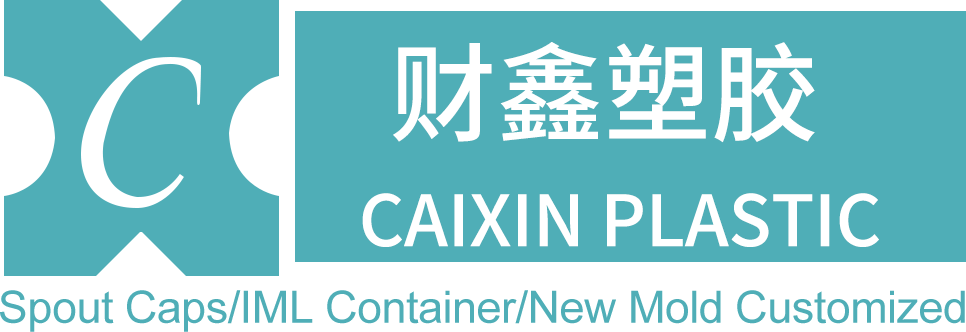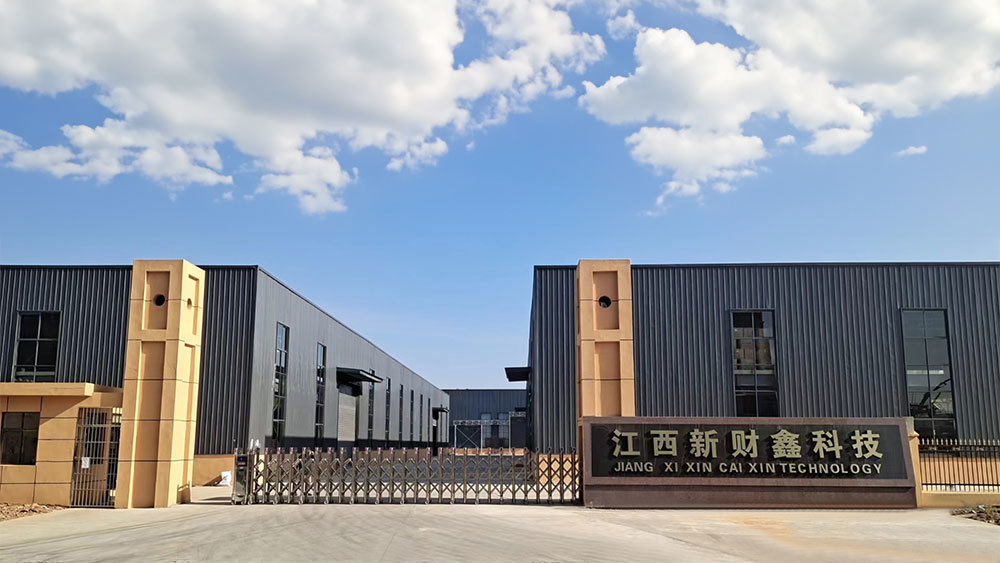Comparative Analysis: Discount IML Plastic Bottles vs. Traditional Bottles
2025-08-01 14:00
Comparative Analysis: Discount IML Plastic Bottles vs. Traditional Bottles
Table of Contents
1. Introduction to IML Plastic Bottles and Traditional Bottles
2. Understanding In-Mold Labeling (IML) Technology
2.1 What is IML?
2.2 Manufacturing Process of IML Bottles
3. Cost Comparison: Discount IML Plastic Bottles vs. Traditional Bottles
3.1 Analyzing Production Costs
3.2 Long-term Financial Implications
4. Environmental Impact: A Sustainable Approach
4.1 Recycling and Reusability of IML Bottles
4.2 Traditional Bottles and Their Environmental Footprint
5. Design Flexibility and Aesthetic Appeal
5.1 Customization Options for IML Bottles
5.2 Comparing Design Versatility with Traditional Bottles
6. Consumer Preferences: Choosing Between IML and Traditional Bottles
6.1 Market Trends and Consumer Behavior
6.2 Brand Perception and Loyalty
7. Key Applications for IML and Traditional Bottles
7.1 Best Industries for IML Bottles
7.2 Applications of Traditional Bottles
8. Conclusion: Making the Right Choice for Your Business
9. FAQs
1. Introduction to IML Plastic Bottles and Traditional Bottles
In the rapidly evolving landscape of packaging solutions, **plastic bottles** remain a cornerstone for various industries, ranging from food and beverage to personal care and pharmaceuticals. Within this domain, **In-Mold Labeling (IML)** technology is gaining traction, particularly in discount markets. This analysis delves into a comparative study of **discount IML plastic bottles** versus traditional bottles, shedding light on their strengths, weaknesses, and overall impact on businesses.
2. Understanding In-Mold Labeling (IML) Technology
IML technology integrates the labeling process into the manufacturing of plastic bottles. Labels are placed in the mold before the bottle is formed, resulting in a seamless look and enhanced durability. This technique eliminates the need for additional adhesives, which can impact both aesthetics and environmental sustainability.
2.1 What is IML?
IML utilizes a process where pre-printed labels are placed in the mold, and during the injection molding process, the label becomes an intrinsic part of the bottle. This method enhances the visual appeal and provides excellent resistance to wear and tear.
2.2 Manufacturing Process of IML Bottles
The IML process involves several stages:
1. **Label Creation**: High-quality graphics are printed on a thin film.
2. **Mold Setup**: The label is placed inside the mold cavity.
3. **Injection Molding**: Molten plastic is injected into the mold, adhering to the label.
4. **Cooling and Ejection**: The bottle is cooled and ejected from the mold, with the label firmly attached.
This streamlined process offers several advantages over traditional labeling methods.
3. Cost Comparison: Discount IML Plastic Bottles vs. Traditional Bottles
Understanding the financial implications of using discount IML plastic bottles versus traditional options is crucial for businesses aiming to optimize their packaging costs.
3.1 Analyzing Production Costs
Discount IML bottles often present lower production costs due to the elimination of secondary labeling processes. By reducing labor and material requirements, companies can benefit from economies of scale. Traditional bottles, while sometimes cheaper upfront, may incur additional expenses through labeling and adhesive costs.
3.2 Long-term Financial Implications
Investing in IML technology can yield long-term savings. The durability of IML labels reduces the need for replacements and enhances product visibility. Over time, businesses may find that the initial investment in IML technology pays off through reduced operational costs and increased sales driven by superior product presentation.
4. Environmental Impact: A Sustainable Approach
In today’s eco-conscious market, understanding the environmental implications of packaging choices is paramount.
4.1 Recycling and Reusability of IML Bottles
IML bottles are typically made from recyclable materials, and their integrated labels facilitate smoother recycling processes. This characteristic positions them as a more sustainable option in the long run. Additionally, the durability of IML labels means that bottles can be reused multiple times without degrading their appearance.
4.2 Traditional Bottles and Their Environmental Footprint
Traditional plastic bottles with externally applied labels often face challenges in recycling due to adhesive residues. This can result in increased waste and a higher environmental impact, particularly in regions with limited recycling capabilities.
5. Design Flexibility and Aesthetic Appeal
The design capabilities of packaging can significantly influence consumer choices, making this an essential factor in the comparative analysis.
5.1 Customization Options for IML Bottles
IML technology allows for extensive customization in terms of graphics, textures, and finishes. Brands can create eye-catching designs that attract consumer attention and convey messages effectively.
5.2 Comparing Design Versatility with Traditional Bottles
While traditional bottles offer some design flexibility, they often require additional processes for labeling, which can limit the scope of custom designs. In contrast, IML bottles can incorporate complex designs seamlessly during the manufacturing process.
6. Consumer Preferences: Choosing Between IML and Traditional Bottles
To stay competitive, businesses must align their packaging choices with consumer preferences.
6.1 Market Trends and Consumer Behavior
Recent trends indicate a growing preference for products packaged in IML bottles due to their modern aesthetic and perceived quality. Consumers often associate visually appealing packaging with premium quality, influencing their purchase decisions.
6.2 Brand Perception and Loyalty
Brands utilizing IML bottles may benefit from enhanced brand perception. The innovative design and durability of IML bottles can foster customer loyalty, encouraging repeat purchases.
7. Key Applications for IML and Traditional Bottles
Understanding the best use cases for each type of bottle can assist companies in making informed decisions.
7.1 Best Industries for IML Bottles
IML bottles are particularly beneficial in industries such as food and beverage, cosmetics, and household products, where aesthetic appeal and durability are critical. Their innovative designs can help brands stand out in crowded marketplaces.
7.2 Applications of Traditional Bottles
Traditional bottles are often used in sectors where cost is a primary concern. They may be suitable for low-margin products but can struggle to compete in markets that prioritize design and sustainability.
8. Conclusion: Making the Right Choice for Your Business
In the competitive landscape of packaging, the choice between discount IML plastic bottles and traditional bottles can significantly impact a brand’s success. While traditional bottles may offer a lower upfront cost, the long-term benefits of utilizing discount IML technology—such as enhanced durability, sustainability, and consumer preference—make them a compelling option for forward-thinking businesses. By considering factors like cost, environmental impact, and consumer trends, companies can make informed decisions that align with their strategic goals.
9. FAQs
1. What are the main advantages of IML plastic bottles over traditional bottles?
IML plastic bottles offer benefits such as lower production costs, enhanced durability, and superior design flexibility. They are also more environmentally friendly due to the recycling process.
2. Are discount IML plastic bottles suitable for food packaging?
Yes, discount IML plastic bottles are widely used in the food industry due to their safety, durability, and ability to maintain product integrity.
3. How do IML bottles compare in terms of aesthetics?
IML bottles typically provide a more polished appearance, allowing for intricate designs and vibrant graphics that enhance product appeal.
4. What are the recycling options for IML plastic bottles?
IML bottles are generally recyclable. Their labels are integrated into the bottle, making them easier to process in recycling facilities.
5. Can traditional bottles compete with IML bottles in terms of consumer preferences?
While traditional bottles can still attract consumers, they may struggle to compete with the modern aesthetics and perceived quality of IML bottles in markets that value design and sustainability.
recommend News

Guangdong Caixin Plastic Co., Ltd.
Fax: 86-754-83143323
Address:No.128, Chaoshan road, Jinping District, Shantou, Guangdong Province, China
Copyright©Guangdong Caixin Plastic Co., Ltd. SEO Powerde by:www.300.cn Privacy Policy
Business License


